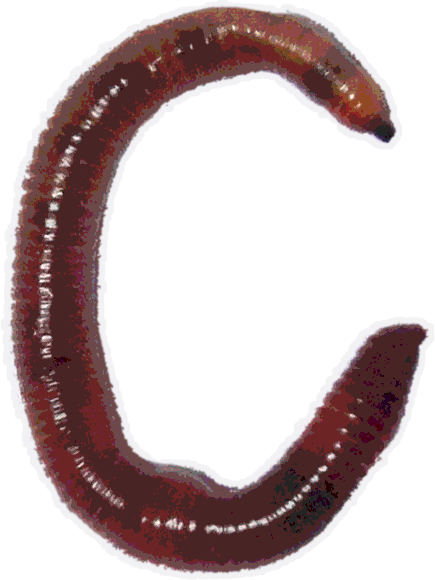A collective of Lewisham residents, are in the process of co-creating spaces for communities affected by regeneration along Old Kent Rd, to come together, regain ownership of their neighbourhood and build connection. They are developing Bridgehouse Gardens with residents of Rollins Street and Winslade Estate, which aims to create more green space in the estate, and offer community infrastructure, food growing, education, cultural & recreational spaces. From previous discussions, composting and recycling have emerged as key elements that people would like to see addressed in this space, and Compost Mentis were approached to help provide information and co-design some systems for the new garden area.
On 13th May and 19th August 2023 members of Bridgehouse Gardens and local residents gathered to learn together about different methods of making compost, discussing if/how we could integrate these into the garden.

We walked around the garden and discussed our needs to inform a future design, including what residents would like to compost, what they would like to use the compost for, what materials they would like the composting system to be made of, what would make it most accessible and joyful to use, and how they would like it to look and feel.
.png)
Compost Mentis collated the ideas which emerged from these sessions and developed a design specification and proposal. Residents expressed an interest in composting their food (cooked and raw) and garden waste locally, and developing systems to better manage the flow of “waste” and recyclable materials around the estate. They would like to see a future system or systems that connects and resources the communities living across the estate, particularly linking the 2 sides of the estate which currently feel quite disconnected from each other. This future system/s would be easy to use, accessible and clearly respond to the needs and current practices of residents, so that they are most likely to use and benefit from it. More research and consultation would be needed to understand these needs in more depth, but design pointers included:
- Clean and hygienic to approach, use and touch
- Visually attractive (perhaps including art and interesting signage/ information boards)
- Materials to include a mix of reclaimed materials, timber and elements of existing waste infrastructures like wheelie bins or collection caddies.
- Connection to green space & planting across the estate
- A multifaceted system, demonstrating different types of composting process and fulfilling a social and ecological function
- Ability for residents to collect and use the compost, as well as have access to food and fruits grown using the compost that is produced
- Large capacity to serve whole estate and ability to compost a variety of materials including cooked food waste
- There is growing interest and excitement about the use of wormeries either dotted around the estate, moving (in the case of a mobile system) or creating a large wormery to suit the scale of the estate.
.png)
We came up with practical proposals for a composting corner with 3 bay system for garden waste and small amount of uncooked food waste, a leafmould pile, and a thermal system for cooked and raw food waste. The co-design process resulted in some really creative ideas for making these composting systems exciting, appealing, and accessible, including a “compost compass” into a wayfinding map and path system connecting up green infrastructures and composting around the estate, and creating a “giant worm” chute from the top floor balcony of the estate to ground level for food waste deposits.

.png)
